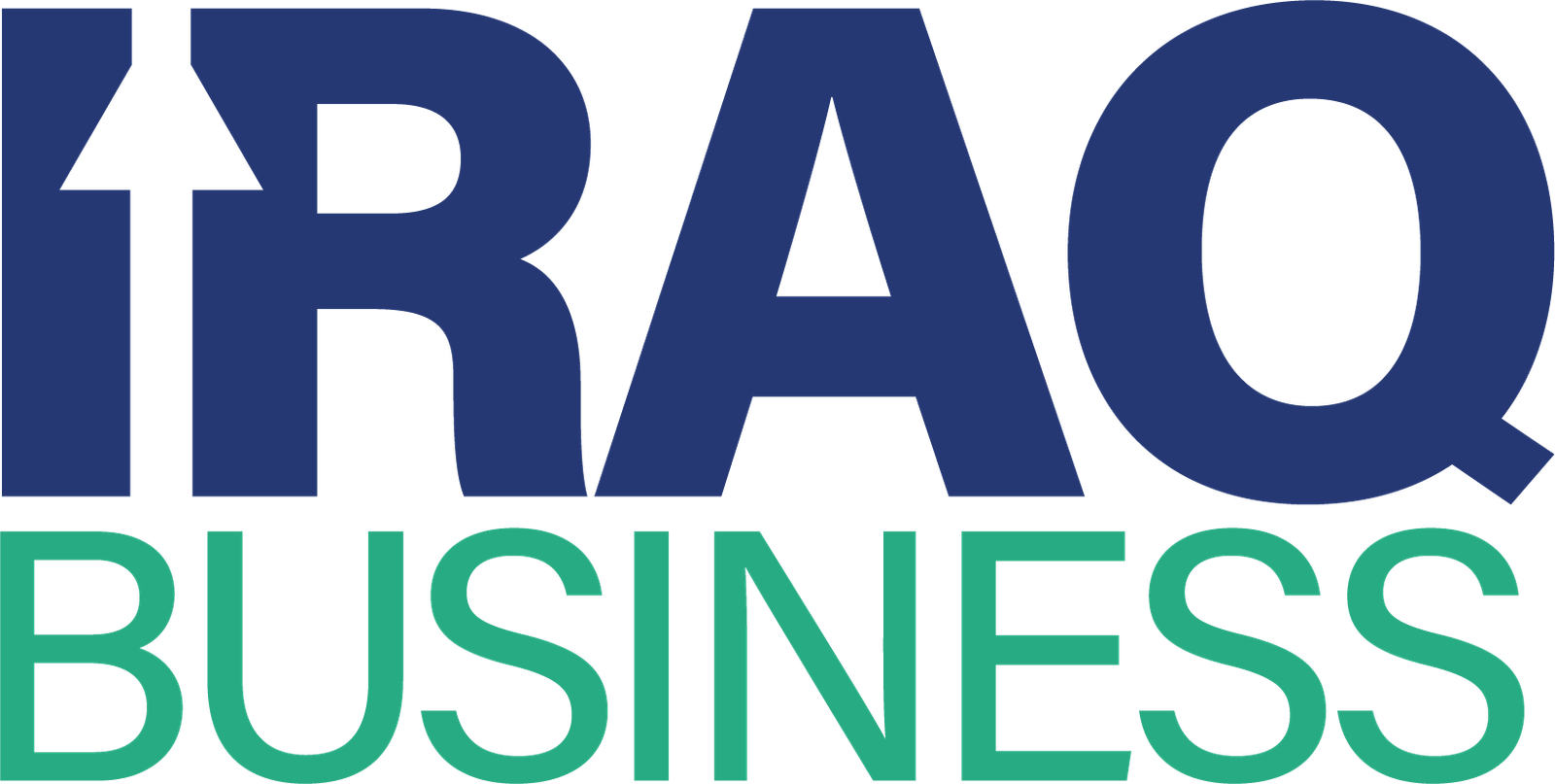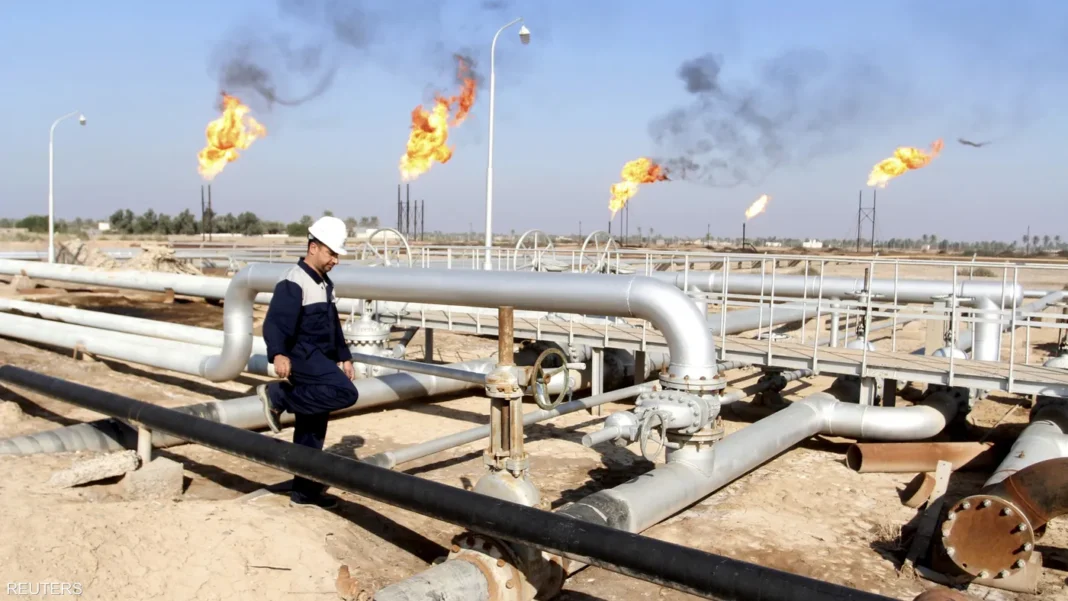Basrah crude prices defied global trends by rising sharply, even as international oil benchmarks posted declines. On Thursday, both Basrah Heavy and Basrah Medium recorded solid gains, standing out in an otherwise falling market.
Basrah Heavy crude surged by $1.69, gaining 1.12% to reach $62.29 per barrel. At the same time, Basrah Medium crude matched that increase, jumping 1.7% to $65.44 per barrel. These gains underline Iraq’s strategic role in the oil market, especially at a time of global uncertainty.
Meanwhile, global benchmarks showed a different picture. Brent crude, the international standard, dropped by $0.33 to trade at $64.58 per barrel. U.S. West Texas Intermediate (WTI) also declined, losing $0.32 and settling at $61.25 per barrel. These dips reflect broader market concerns, including sluggish demand forecasts and growing inventories.
Despite this, Basrah crude prices remained strong. Experts suggest that regional buying activity, stable export flows, increased refinery demand, or specific contractual commitments may have helped boost Iraqi crude. The market’s response signals growing interest in Iraq’s heavier oil grades, often favored by Asian refiners for their efficiency and high yields.
This rise also highlights Iraq’s ability to maintain value in its oil exports even when global trends point downward. Basrah’s positioning near export terminals and its reliable production levels offer buyers a consistent and attractive option. In turn, this strengthens Iraq’s revenue base and supports its national budget plans.
As the global oil market remains volatile, traders will continue monitoring Basrah crude prices closely. Future price movements will depend on supply levels, geopolitical developments, and demand changes in key markets like China and India.
The divergence between Basrah and global crude trends shows that regional factors still play a major role in oil pricing. For Iraq, this price resilience brings welcome economic stability at a crucial time for its energy sector.


